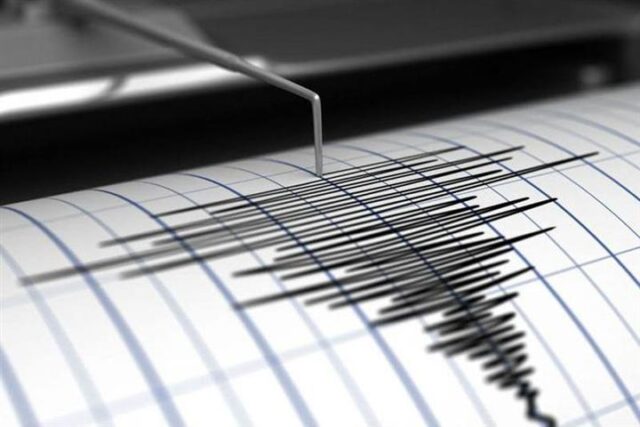
Havana, Dec 11 (ACN) Cubans take actions to strengthen their early warning system against quakes as a part of efforts to improve the island’s disaster risk reduction management in the case of tremors.
Some of the actions include the modernization of the network of stations in the country’s western-central region, to set up the conditions to undertake paleo-seismicity studies of the Pinar fault, the main seismo-active structure in western Cuba.
The information was given during the last working session of the 11th International Congress on Disasters and the 7th International Firefighters Conference held this past week at Havana’s Conventions Palace, according to Granma newspaper.
Engineer Candido Montenegro, from the Cuban Seismologic Research Center (Cenais) said that another action is completing the number of accelerographs needed for the network of Santiago de Cuba city, which are very useful equipment to determine the acceleration of the ground under a quake.
Doctor Enrique Arango, head of the National Seismologic Service, said that the possible occurrence of a strong quake in the Cuban south-eastern region is latent over the next years, while the seismic activity, which is unprecedented in the historic and instrumental records to the north of the eastern region must be taken into account for future estimates of seismic danger in that part of the island.
The event, organized by the Cuban Civil Defense Authority and the Cuban Firefighters Staff, gathered over 700 delegates from 11 countries in Havana and contributed to share research studies and results, and learned lessons in a large number of topics relevant to the field.
Sidebar

 Agencia Cubana de Noticias
Líder en información nacional
Agencia Cubana de Noticias
Líder en información nacional








Nos reservamos el derecho de no publicar los comentario que incumplan con las normas de este sitio